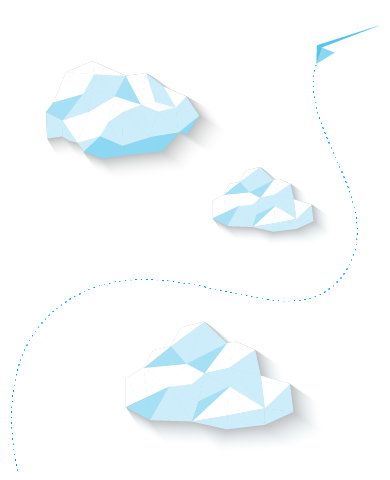Episode Summary
iland Director of Cloud Market Intelligence Brian Knudtson is joined by guests Chris Hildebrandt, Michelle Laverick, and Anthony Spiteri for a conversation about the concerns customers have with existing technical debt and cloud migration. They discuss the dangers of “lifting and shifting” technical debt to the cloud, the ways cloud can help address technical debt in your environment, and the hesitancy (or lack thereof) with moving to the cloud before resolving existing problems. Keep your eyes peeled for those dirty compromises.
Panel
Cloud Conversations
Topic 1
[03:25] What are some of the dangers of simply lifting and shifting existing technical debt into the cloud?
Topic 2
[18:22] There are some unaddressed work items that may simply be replaced when migrating into a cloud infrastructure. In what ways can cloud help address technical debt in a customer’s environment?
Topic 3
[25:04] As you talk to customers around the globe, do you see them hesitating to go to the cloud until they clean up their existing problems?
Cloud Bites
[01:32] “The cloud may not necessarily be your best escape strategy to escape a dysfunctional culture.” — Michelle Laverick
[03:38] “You’re bringing what you have currently into the cloud. So if you have a problem or server, for instance, that you have to patch on a weekly basis and it hangs every time you patch it, now you’re just moving that problem to the cloud and dragging it along with you.” — Chris Hildebrandt
[06:51] “Often the application is highly complex and the knowledge of the application exists in tribal knowledge, which is great if the tribe is still working at that business. But if you’ve lost members of your tribe, you’ve also lost the knowledge of that application.” — Michelle Laverick
[08:22] “If you take a rubbish application and you move that into a different platform, the problem is you still have a rubbish application. Nothing about ones and zeros have really changed.” — Michelle Laverick
[12:33] “I think what we’re going to see from a technical debt perspective, it’s actually going to get worse and it’s going to grow and it’s going to get more impactful as we move along into these new modern platforms.” — Anthony Spiteri
[19:50] “Part of the reason that we have a technical debt in the first place is it gets created by a series of dirty compromises that people undertake in order to be slippery inside an organization and get through or around certain silos that could be a roadblock to a deployment.” — Michelle Laverick
[23:42] “It’s one of the things that’s hard to overcome. There will always be technical debt.” — Chris Hildebrandt
[23:49] “How many times in our career have we put in a workaround or a temporary fix? So this is just a workaround to get us over the line. I used to say to people, any temporary fix or workaround, once it’s there, will become your operations. That is how it works, because you’ve accepted that as an acceptable process.” — Michelle Laverick
[25:29] “I think there’s more of a push to say we have to be in the cloud, so get us there somehow. So, I think when you look at it that way, that kind of causes problems in itself.” — Anthony Spiteri
[27:57] “If you then decide I do actually need to move it, is it somehow bonded to the environment, and is it difficult to move it out?” — Michelle Laverick
[31:42] “A lot of these things aren’t considered as part of the migration process and are left to us as the IT workers to migrate, in turn, adding more technical debt into things.” — Chris Hildebrandt
[31:55] “A lot of times this is wrapped up in short timelines, low budgets. And, you know, we always have to cut corners somewhere to make up that time.” — Chris Hildebrandt
“A lot of times this is wrapped up in short timelines, low budgets. And, you know, we always have to cut corners somewhere to make up that time”
CHRIS HILDEBRANDT
TECHNICAL ARCHITECT, ABBOTT


Episode Asset
Webinar: All gain, no pain cloud migration roadmap
“No pain, no gain.” We hear this popular exercise motto used in reference to cloud migration. The benefits of cloud are crystal clear. But the thinking has been that migrating to the cloud involves a long and painful migration process.
Fortunately, in 2020 this is no longer true. Customers can move existing VMware-based applications to the cloud pain-free, but you need a plan. Download our on-demand webinar to hear Will Urban, iland’s Senior Marketing Technologist, explain how considering 10 key topics BEFORE you migrate to the cloud can save you from migration pains!


